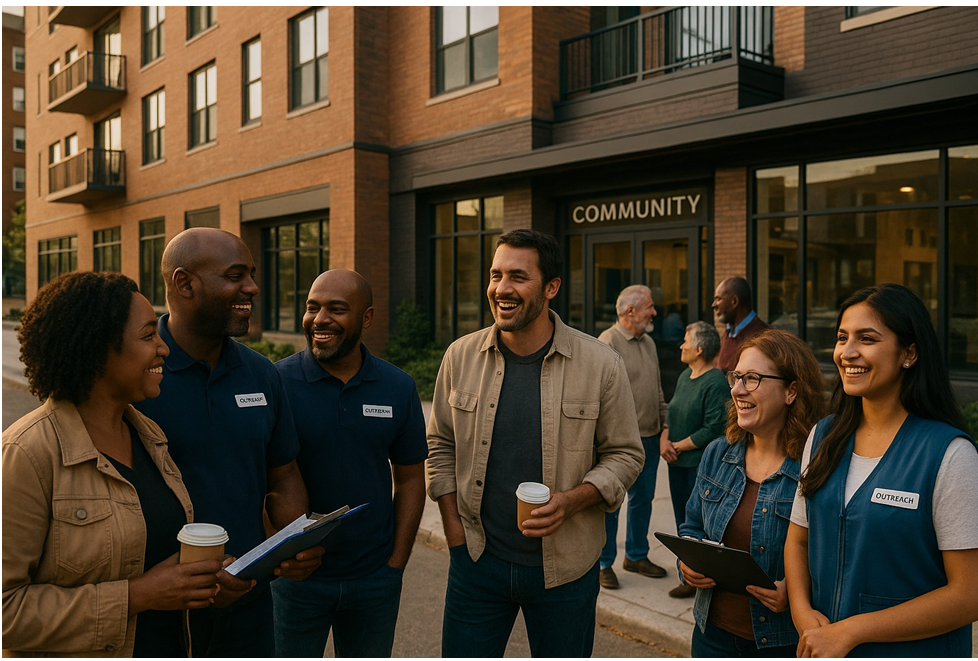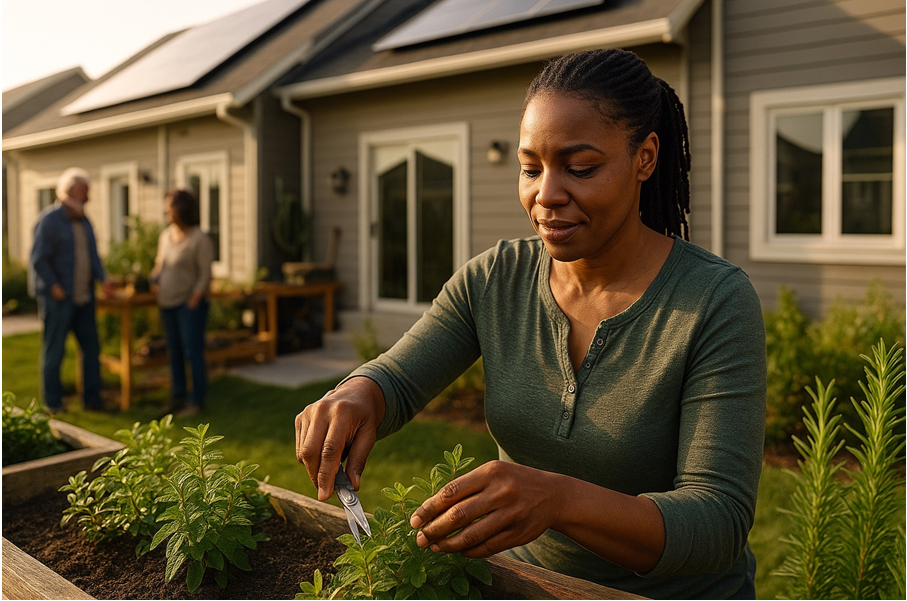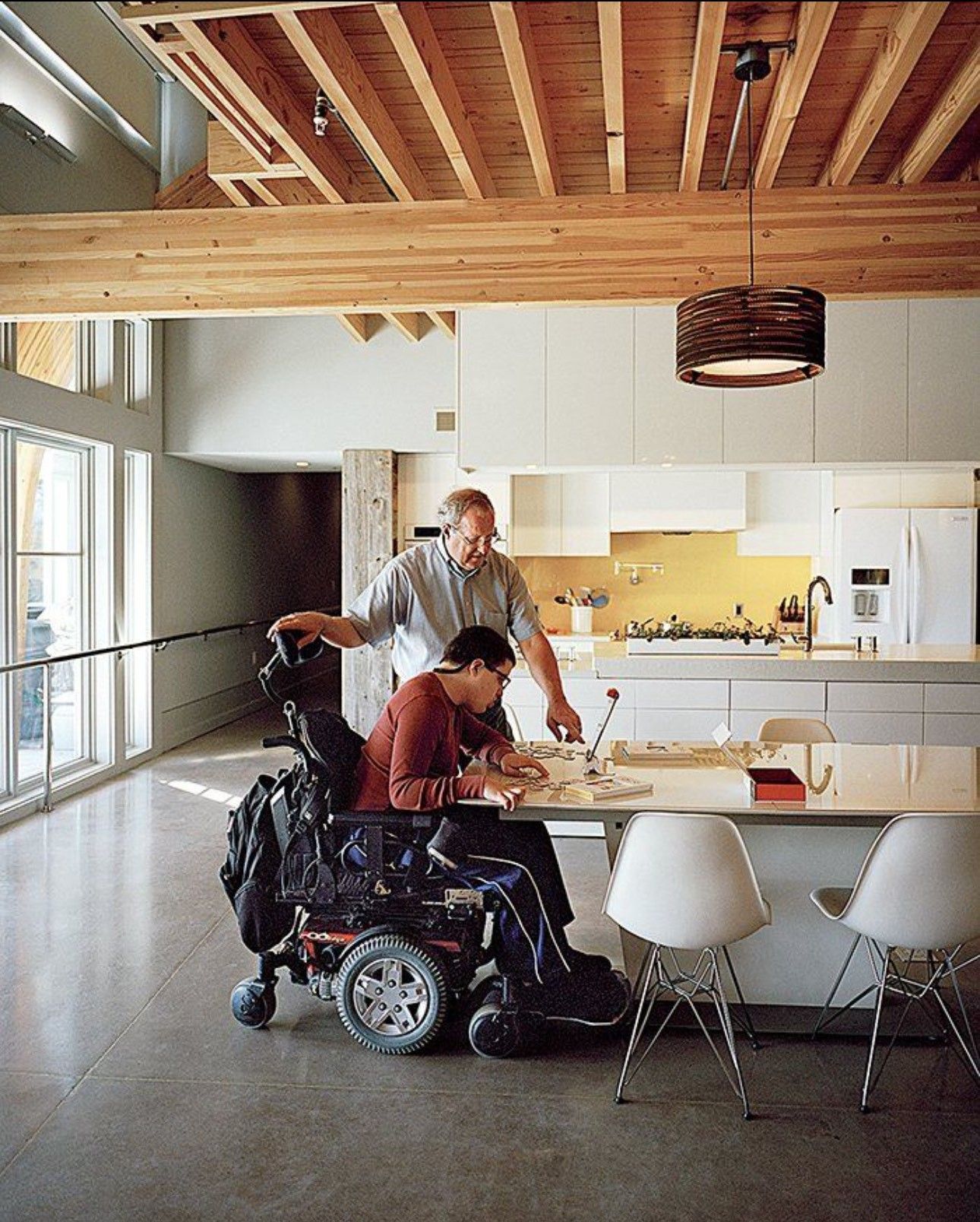The Future of Real Estate: Why Self-Sustaining Developments Will Lead the Next Global Upswing
The big picture (and why this moment matters)
Real estate is colliding with three unstoppable forces: urbanization, climate risk, and capital re-pricing. Cities will keep swelling—nearly 68% of the world’s population will be urban by 2050—intensifying pressure on land, infrastructure, and affordability.
Meanwhile, the buildings sector accounts for roughly one-third of global energy use and emissions, so what we design, build, and operate in the next decade will shape national decarbonization paths and investor returns for years.
Layer on resource stress: about half of humanity experiences high water stress at least one month per year, a figure set to rise—making water-smart projects an economic imperative, not a “nice to have.”
Translation: projects that produce and manage their own energy, water, and waste more intelligently will command premiums, unlock cheaper capital, and lease/sell faster—especially across fast-growing, underserved markets.
What “self-sustaining” looks like in practice
Energy: on-site solar + storage + smart controls; heat electrification (heat pumps) sized with envelope upgrades. (Yes, heat-pump sales dipped in 2023/24 in some regions, but the IEA still places them at the center of heating decarbonization.)
Water: rain/greywater capture, reuse loops, drought-tolerant landscaping, leak analytics.
Materials: low-carbon concrete, passive design, and mass-timber/mixed systems enabled by updated codes (e.g., 2021/2024 IBC paths up to 18 stories in defined types).
Waste & food: community composting, shared gardens/urban agriculture to lower cooling loads and improve resilience.
Mobility & digital: EV-ready infrastructure, micromobility storage, and building operating systems that turn utilities into managed expenses.
Disruption opportunities (plays you can run now)
Industrialized & modular construction – Capture speed-to-revenue and cost control: modular can cut timelines 20–50% and costs up to ~20% when executed well.
Microgrids for multifamily – PV + batteries + load orchestration to shave peaks and sell grid services; pair with “sustainability-linked leases.”
Water-positive site design – Aggressive rain/greywater reuse where municipal supply is fragile; monetize via lower opex and insurance benefits in high-stress regions.
Mass timber hybrids – Faster assembly, lower embodied carbon, appealing interiors under modern code allowances.
Heat-as-a-service – Electrify with heat pumps and offer guaranteed comfort + fixed monthly energy bundles; upside grows as grids decarbonize.
Smart retrofits at scale – AI-driven audits + standardized scopes for brown-to-green conversions in secondary cities.
Circular interiors – Design for disassembly; modular kitchens/baths that swap in hours, not weeks.
Resilience add-ons – Cool roofs, shading, stormwater detention, and backup power packaged into one “climate-ready” spec.
Community agritech – Shade trees + edible landscaping to lower heat island effect and food expenses.
Data-backed impact finance – Instrumented buildings unlock cheaper capital; which brings us to…
The money: where capital is moving
Labelled debt is volatile month-to-month, but the structural trend is clear. 2024 set a record for aligned green/social/sustainability (GSS+) issuance—about $1.05T that year and $6.9T cumulative—expanding the investor base for verifiably green real estate. Early 2025 saw a pullback amid policy uncertainty, underscoring the value of projects with transparent performance data and strong local economics.
What this means for developers: self-sustaining assets—because they’re measurably efficient and resilient—tend to qualify for cheaper debt (green bonds, sustainability-linked loans), insurance benefits, and concessional capital in emerging markets. The key is credible measurement, reporting, and verification (MRV).
About Spice It Up Enterprises (and how we help)
We help developers, municipalities, and mission-driven investors design standardized, self-sustaining communities that lease faster, operate cheaper, and qualify for greener capital. Our consulting spans:
Market selection & project typing for emerging markets
Modular + mass-timber design kits and factory partnerships
Energy/water master-planning and microgrid business models
Impact MRV to unlock green/sustainability-linked finance
Community engagement frameworks for seniors, veterans, and workforce tenants









